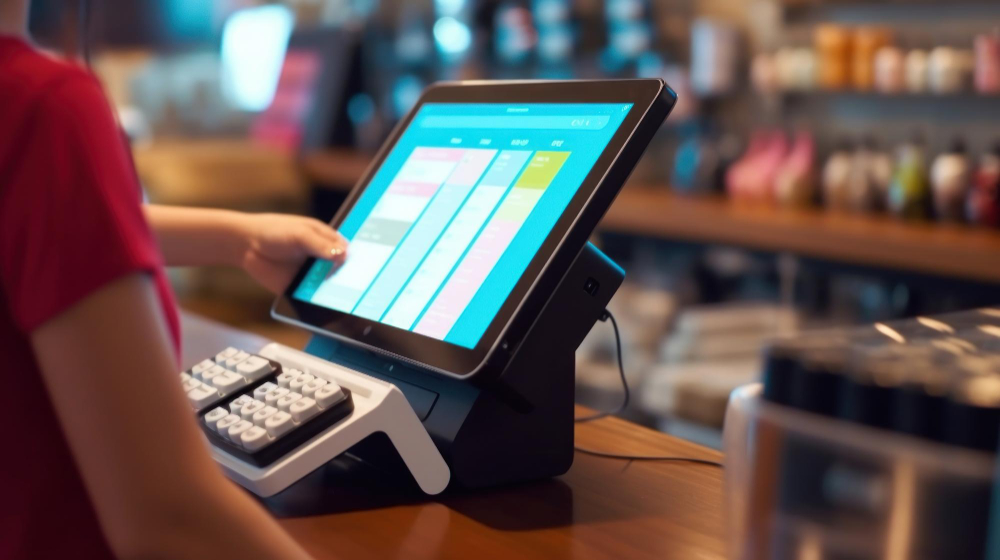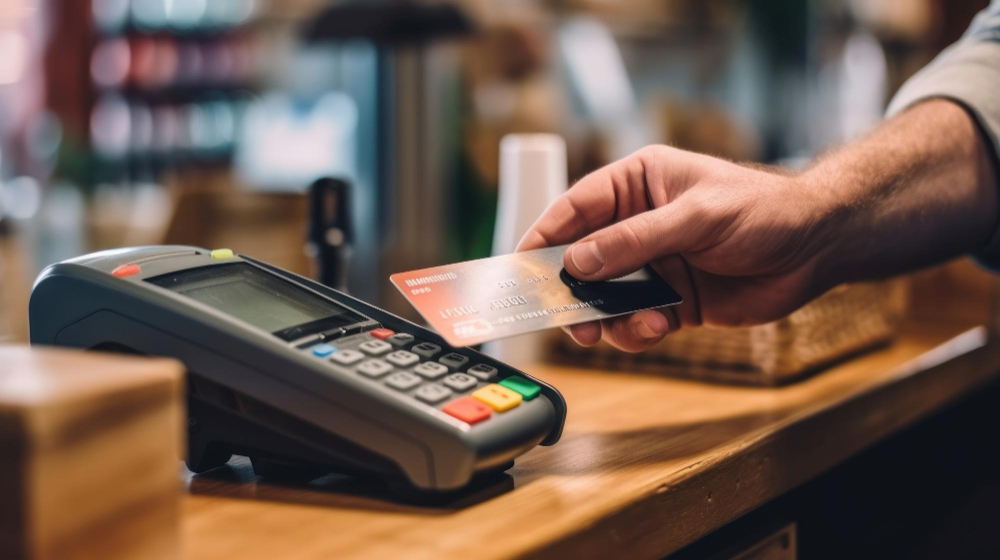What is a Merchant Account and How Does It Work?
- 1 What is a Merchant Account?
- 2 How Does a Merchant Account Work?
- 3 How to Open a Merchant Account
- 3.1 1. Research and Compare Providers:
- 3.2 2. Understand Your Business Needs:
- 3.3 3. Gather Necessary Documents:
- 3.4 4. Check Your Credit:
- 3.5 5. Apply Online or In Person:
- 3.6 6. Wait for Approval:
- 3.7 7. Set Up Equipment:
- 3.8 8. Comply with Security Standards:
- 3.9 9. Test Transactions:
- 3.10 10. Review Terms and Conditions:
- 3.11 11. Integrate Payment Gateway:
- 4 Grow Your Business with a Merchant Account
In the modern retail landscape, digital payments have become an indispensable way for consumers to pay for products and services. Thus, businesses require a safe and convenient way to accept payments through debit cards, credit cards, Unified Payment Interface (UPI), QR codes, etc. This is where merchant accounts come in. They allow businesses to accept digital payments from customers or vendors, both in person and online.
With a merchant account, businesses can broaden their payment capabilities and handle transactions from multiple digital sources through a single platform. Ultimately, this helps them offer a smooth shopping experience to customers, be it online or offline.
Before you open a merchant account, understand how it works.
What is a Merchant Account?
A merchant account is a special type of business bank account that allows for accepting payments via debit cards, credit cards, and other electronic transactions. This account temporarily holds sales proceeds before transferring them to the business’ official current account. Merchants, retailers, and professionals can carry out banking transactions digitally on a single platform with a merchant account.
Although essential for online businesses, merchant accounts are also increasingly being adopted by traditional brick-and-mortar stores, given the recent uptick in digital payments. They help businesses:
- Process large transaction volumes seamlessly
- Provide customers with multiple payment options
- Maintain a digital record of all transactions
- Access other perks offered by the merchant account bank
Some banks, such as IndusInd Bank, also offer an all-in-one merchant solutions app for paperless banking, tracking payments, and applying for unsecured loans.
How Does a Merchant Account Work?
A merchant account serves as a link between the business’s current account and the customer’s bank account, facilitating the processing of digital payments. Here’s how:
Step 1: The customer uses their debit card, credit card, or another electronic payment method to complete the transaction. This could be an online transaction at an e-commerce platform, or an offline transaction at a brick-and-mortar store.
Step 2: This transaction is processed through a payment processor that verifies if the customer has enough funds in their bank account.
Step 3: If they do, the transaction is approved, and the merchant account deducts the amount from their account.
Step 4: Depending on the provider’s policies and charges, it will transfer the amount to your current account after deducting the transaction fee.
How to Open a Merchant Account
You can open an online merchant account through a straightforward process with most banks. It is mandatory to have a current account, as it serves as the ultimate destination for the funds deposited by the merchant account.
To apply for a merchant account, you can visit the official website of your preferred merchant services bank. Once the bank verifies your information and creates the account, you can start using it immediately. You can also request supplementary products and services, such as a POS terminal, soundbox, QR code, or payment gateway.
1. Research and Compare Providers:
Before you start the process of opening a merchant account, research and compare different providers. Consider factors such as:
- Fees: Understand transaction fees, monthly fees, setup fees, and any other associated costs.
- Contract Terms: Review the terms of the contract, including any early termination fees.
- Customer Support: Ensure the provider offers reliable customer support.
- Payment Methods: Check which payment methods the provider supports.
2. Understand Your Business Needs:
Identify your business requirements, including:
- Transaction Volume: Estimate the number of transactions you expect to process.
- Transaction Amount: Consider the average amount of each transaction.
- Payment Methods: Analyze the types of payment methods your customers are likely to use.
3. Gather Necessary Documents:
Most providers will require specific documentation for the application process. This may include:
- Business License or Registration: Proof that your business is legitimate.
- Personal Identification: Your driver’s license, passport, or another form of ID.
- Voided Business Check: To link your merchant account to your business bank account.
- Financial Statements: Provide statements to demonstrate your business’s financial stability.
- Social Security Number or EIN: Depending on your business structure.
4. Check Your Credit:
Merchant account providers often check your personal and business credit. Ensure your credit reports are accurate and consider improving your credit if necessary.
5. Apply Online or In Person:
Complete the application process, either online through the provider’s website or in person at a local branch.
6. Wait for Approval:
The provider will review your application, credit history, and documentation. Be prepared to provide additional information if requested.
7. Set Up Equipment:
Depending on your business type, set up the necessary point-of-sale (POS) equipment or integrate payment processing into your website.
8. Comply with Security Standards:
Adhere to Payment Card Industry Data Security Standard (PCI DSS) requirements to protect customer data and ensure secure transactions.
9. Test Transactions:
Conduct test transactions to ensure that your payment processing system is functioning correctly before fully launching.
10. Review Terms and Conditions:
Thoroughly review the terms and conditions of your merchant account agreement. Understand the fees, contract length, and any other important details.
11. Integrate Payment Gateway:
If you’re accepting online payments, integrate the payment gateway provided by your merchant account provider with your website.
Remember to choose a provider that aligns with your business goals and budget. Carefully read and understand all terms before committing to a merchant account. If you have any questions, don’t hesitate to ask the provider for clarification.
Grow Your Business with a Merchant Account
For securely accepting digital payments in-store and online, businesses need a feature-rich merchant account. With leading banks such as IndusInd Bank, you also get access to benefits like a comprehensive merchant app, pre-approved loans, seamless digital account opening, automatic payment settlements, and a digital ledger. Additionally, you can choose from a wide range of merchant accounts specifically designed to meet the unique requirements of various businesses – from grocery stores and pharmacies to restaurants and cafes. You can visit the bank’s official website to open your merchant account.




















